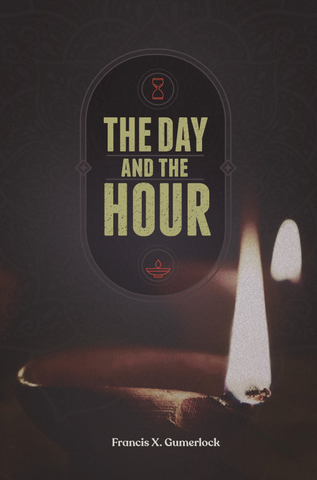Bible Prophecy Under the Microscope: Episode 14
Gary discusses the history of failed “end times” and “last days” predictions.
When we study the history of prophetic speculation, we soon realize that we’ve heard all of this before. For nearly 2000 years uninformed but assured Christians have predicted, in words similar to those of Hal Lindsey, that “they were the generation that would see the end times … and the return of Christ.” In each and every case the prophetic prognosticators have been wrong. Seemingly not learning from this dismal track record, current popular prophecy writer Thomas Ice asks, “Is there any relationship between the events which we read, hear, and see in the daily news and biblical prophecy?” His answer? “Yes! Just as when we are traveling and see signs beside the highway telling us what to expect on the road ahead, so also does the Bible provide signs of the times that point to specific events in the future.” There are millions of Christians who would agree with this assessment, and they would be wrong, just as millions of Christians before them have been wrong.
Since earthquakes, famines, plagues, and wars and rumors of wars have occurred for centuries, how do these “signs” become reliable indicators of a future eschatological event? The signs themselves cannot be the key, because there is nothing unique about them. The key to Bible prophecy is in the timing of these events. For example, if the Bible tells us that forty years had to pass before Israel could enter the promised land, then forty years is the timing key. If God gave Nineveh forty days in which to repent, then forty days is the timing key. If God says seventy years had to pass before the Jews could return to their land after the Babylonian captivity Jer. 29:10; Dan. 9:2), then seventy years is the timing key. If God says, “Seventy weeks [of years] have been decreed for your people and your holy city” (Dan. 9:24), then 490 (70 X 7) years is the prophetic timing key. If Jesus says that He will be raised after three days, then three days is the timing key. If Paul tells the Philippians that he will “send Timothy to [them] shortly” (Phil. 2: 19) and that he himself “shall be coming shortly” (2:24), then shortly is the timing key for both future events. To call these time references into question is to maintain that the Bible is not clear or precise in the way it describes time-sensitive events.

The Day and the Hour
In The Day and The Hour, Frank Gumerlock spans two thousand years of conjecture on the last days, disclosing the dreams and delusions of those who believed that their sect was the 144,000 of Revelation 7; that the 1290 days of Daniel 12 had expired in their generation; that the "Man of Sin" of II Thessalonians 2 was reigning in their time; that a Rapture of the saints, a Great Tribulation, a Battle of Armageddon were just around the corner; or that a Millennial Kingdom was about to dawn. This fascinating chronicle of predictions will rivet the attention of any student of Bible prophecy, regardless of your eschatological position.
Buy NowGary discusses the history of failed “end times” and “last days” predictions. While many have made bold claims about the future, they have all been proven wrong. These false prophets have a long, long history of failure, but it never seems to cause Christians to: 1) question these repeated claims, and 2) seek out a more consistently biblical hermeneutic.
Click here for today’s episode
Click here for all episodes of Bible Prophecy Under the Microscope

